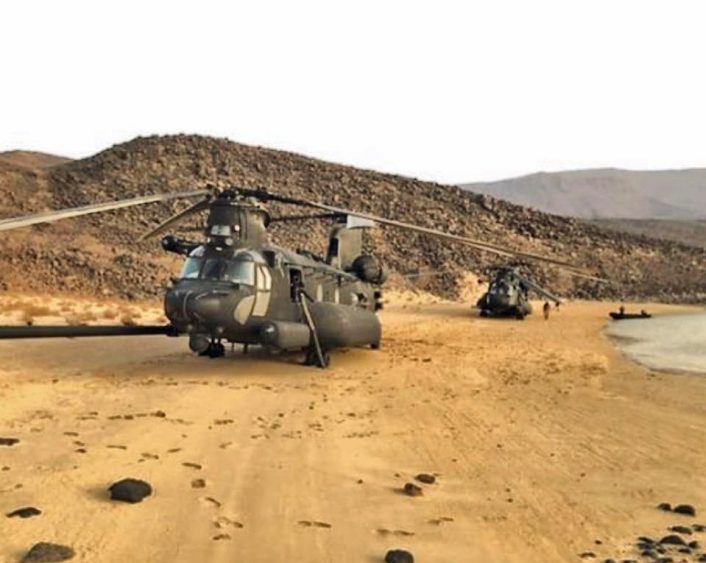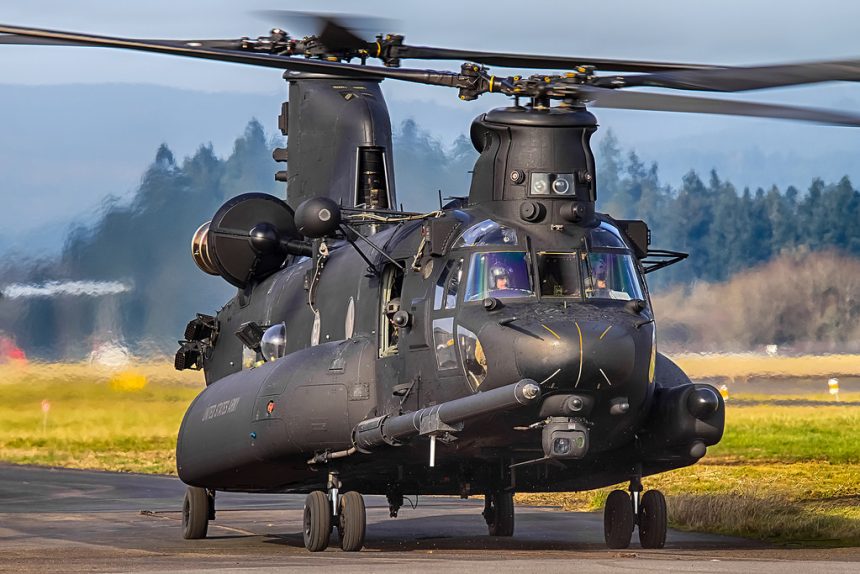Author Burnett Provides Previously Unpublished Insights into Special Operations Aviation.
The best books do several things. They tell a well-paced, compelling story. They bring the reader into the action. In non-fiction, they tell a story never told before or, told from a different perspective. And finally, the plot ends with a twist that makes every page memorable. Author and former special operations helicopter crew chief David Burnett’s new book, “Making A Night Stalker” contains every one of those elements and a unique twist: Burnett is not a writer.
“Making A Night Stalker” takes you along on Burnett’s career in the U.S. Army during the Global War on Terror. First, as a member of a regular Army helicopter aviation unit, then, as he tries to earn a slot as a crew chief on the secretive MH-47G Chinook special operations helicopter in the elite 160th Special Operations Aviation Regiment (SOAR), the “Nightstalkers”.

The book was a start-stop project that Burnett spent four years writing and editing, then obtaining U.S. Department of Defense clearance to publish. Some small portions of the book are redacted for security reasons. Publication of “Making a Night Stalker” was crowd-funded through a Kickstarter campaign that raised $10,392 from 210 backers. The book hit Amazon.com on December 12, 2018 and has shot to the #1 selling title in Afghan War Military History on Amazon, trending in front of books by noted journalist Sebastian Junger and Medal of Honor winner Clinton Romesha. I wager more than a few literary agents are kicking themselves as they realize they missed out on a historically relevant and uniquely narrated insight into a seldom covered but fascinating story.
Burnett’s narration in “Making a Night Stalker” is an important part of literature in military history since it chronicles, like never before, the experience of an enlisted crewmember in what is likely the most sophisticated and secretive rotary wing aviation unit on earth. The 160th SOAR is the unit that flew the special MH-X “Stealth Black Hawk” helicopters and MH-47G (or classified variant) Chinook during Operation Neptune’s Spear, the raid to capture Osama bin Laden. More significantly across the entire arc of the Global War on Terror, the 160th SOAR has inserted elite special operations teams from every service, including SEALs, Rangers, Special Forces ultra-secret SFO-D (Delta) operatives.
“Making A Night Stalker” details the selection process for the 160th SOAR “Nightstalkers” and their extensive training. Because Burnett was an enlisted crew chief servicing the aircraft, his insights are accessible and grounded. He tells the tale from the perspective of the common man, the common soldier. This is not some hyped-up commando tale on steroids. It is a remarkably articulate and balanced accounting of a Nightstalker’s career. Because of the candor and transparency in Burnett’s narration the book becomes a valuable record for the historian and an honest accounting for any young person aspiring to join the military’s elite units. In the tradition of the best journalists, Burnett lets the story speak for itself. It’s unlikely any journalist could have told this story the way Burnett does.
Through detailed explanation of the Nightstalker’s mission, training and daily operations along with the unique culture of the secretive organization, Burnett takes you inside the unit, the training, the culture and the daily operations. It’s a wild ride. The work and training schedule is relentless, the standards astronomical and the men protective of their mission and their legacy.

Finally, Burnett pulls back the curtain on his personal struggle re-integrating into civilian culture, a traumatic change that lead him to attempt suicide and finally gain redemption partially through writing “Making a Night Stalker”.
Well-paced and intimate, David Burnett is a much better journalist than he gives himself credit for. The action, pace, detail and excitement of Making a Night Stalker are contrasted by its honesty and candor. In many ways, this book is a modern All Quiet on the Western Front. There is an enthusiasm in Burnett that is tempered against reality, stress, fear and tragic loss.

Because the 160th SOAR has played such a significant role in the ongoing Global War on Terror, Burnett’s chronicle is an important historic time capsule of one of the most fascinating units in all the world’s militaries. Making a Night Stalker is well worth adding to any collection of military aviation history.
Editor’s note: the Author doesn’t have any connection to the author, has never met him and he bought the book from Amazon himself so this is an unbiased review.









